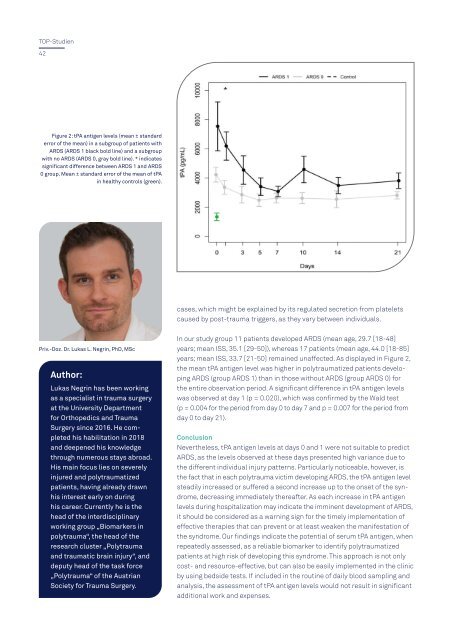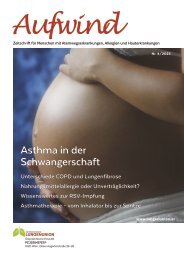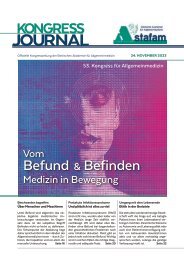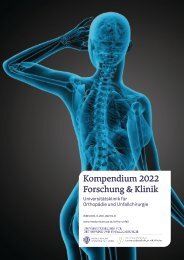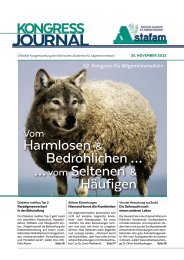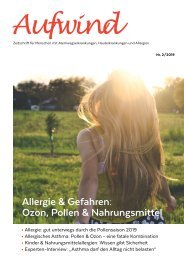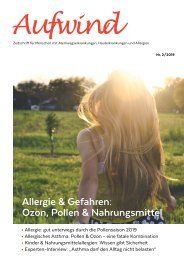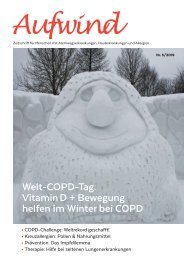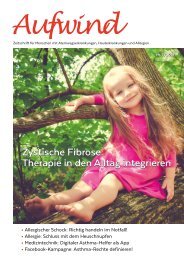Kompendium 2020 Forschung & Klinik
Das Kompendium 2020 der Universitätsklinik für Orthopädie und Unfallchirurgie von MedUni Wien und AKH Wien (o. Univ.-Prof. R. Windhager) stellt einen umfassenden Überblick über die medizinsichen Leistungen und auch die umfangreichen Forschungsfelder dar. Die Veröffentlichungen zeigen die klinische Relevanz und innovative Ansätze der einzelnen Forschungsrichtungen. Herausgeber: Universitätsklinik für Orthopädie und Unfallchirurgie MedUni Wien und AKH Wien Prof. Dr. R. Windhager ISBN 978-3-200-07715-7
Das Kompendium 2020 der Universitätsklinik für Orthopädie und Unfallchirurgie von MedUni Wien und AKH Wien (o. Univ.-Prof. R. Windhager) stellt einen umfassenden Überblick über die medizinsichen Leistungen und auch die umfangreichen Forschungsfelder dar. Die Veröffentlichungen zeigen die klinische Relevanz und innovative Ansätze der einzelnen Forschungsrichtungen.
Herausgeber: Universitätsklinik für Orthopädie und Unfallchirurgie
MedUni Wien und AKH Wien
Prof. Dr. R. Windhager
ISBN 978-3-200-07715-7
You also want an ePaper? Increase the reach of your titles
YUMPU automatically turns print PDFs into web optimized ePapers that Google loves.
TOP-Studien<br />
42<br />
Figure 2: tPA antigen levels (mean ± standard<br />
error of the mean) in a subgroup of patients with<br />
ARDS (ARDS 1 black bold line) and a subgroup<br />
with no ARDS (ARDS 0, gray bold line). * indicates<br />
significant difference between ARDS 1 and ARDS<br />
0 group. Mean ± standard error of the mean of tPA<br />
in healthy controls (green).<br />
cases, which might be explained by its regulated secretion from platelets<br />
caused by post-trauma triggers, as they vary between individuals.<br />
Priv.-Doz. Dr. Lukas L. Negrin, PhD, MSc<br />
Author:<br />
Lukas Negrin has been working<br />
as a specialist in trauma surgery<br />
at the University Department<br />
for Orthopedics and Trauma<br />
Surgery since 2016. He completed<br />
his habilitation in 2018<br />
and deepened his knowledge<br />
through numerous stays abroad.<br />
His main focus lies on severely<br />
injured and polytraumatized<br />
patients, having already drawn<br />
his interest early on during<br />
his career. Currently he is the<br />
head of the interdisciplinary<br />
working group „Biomarkers in<br />
polytrauma“, the head of the<br />
research cluster „Polytrauma<br />
and traumatic brain injury“, and<br />
deputy head of the task force<br />
„Polytrauma“ of the Austrian<br />
Society for Trauma Surgery.<br />
In our study group 11 patients developed ARDS (mean age, 29.7 [18-48]<br />
years; mean ISS, 35.1 [29-50]), whereas 17 patients (mean age, 44.0 [18-85]<br />
years; mean ISS, 33.7 [21-50] remained unaffected. As displayed in Figure 2,<br />
the mean tPA antigen level was higher in polytraumatized patients developing<br />
ARDS (group ARDS 1) than in those without ARDS (group ARDS 0) for<br />
the entire observation period. A significant difference in tPA antigen levels<br />
was observed at day 1 (p = 0.020), which was confirmed by the Wald test<br />
(p = 0.004 for the period from day 0 to day 7 and p = 0.007 for the period from<br />
day 0 to day 21).<br />
Conclusion<br />
Nevertheless, tPA antigen levels at days 0 and 1 were not suitable to predict<br />
ARDS, as the levels observed at these days presented high variance due to<br />
the different individual injury patterns. Particularly noticeable, however, is<br />
the fact that in each polytrauma victim developing ARDS, the tPA antigen level<br />
steadily increased or suffered a second increase up to the onset of the syndrome,<br />
decreasing immediately thereafter. As each increase in tPA antigen<br />
levels during hospitalization may indicate the imminent development of ARDS,<br />
it should be considered as a warning sign for the timely implementation of<br />
effective therapies that can prevent or at least weaken the manifestation of<br />
the syndrome. Our findings indicate the potential of serum tPA antigen, when<br />
repeatedly assessed, as a reliable biomarker to identify polytraumatized<br />
patients at high risk of developing this syndrome. This approach is not only<br />
cost- and resource-effective, but can also be easily implemented in the clinic<br />
by using bedside tests. If included in the routine of daily blood sampling and<br />
analysis, the assessment of tPA antigen levels would not result in significant<br />
additional work and expenses.


